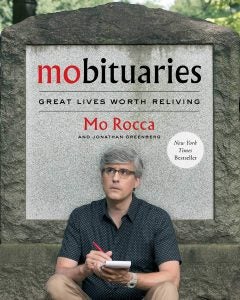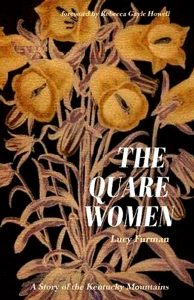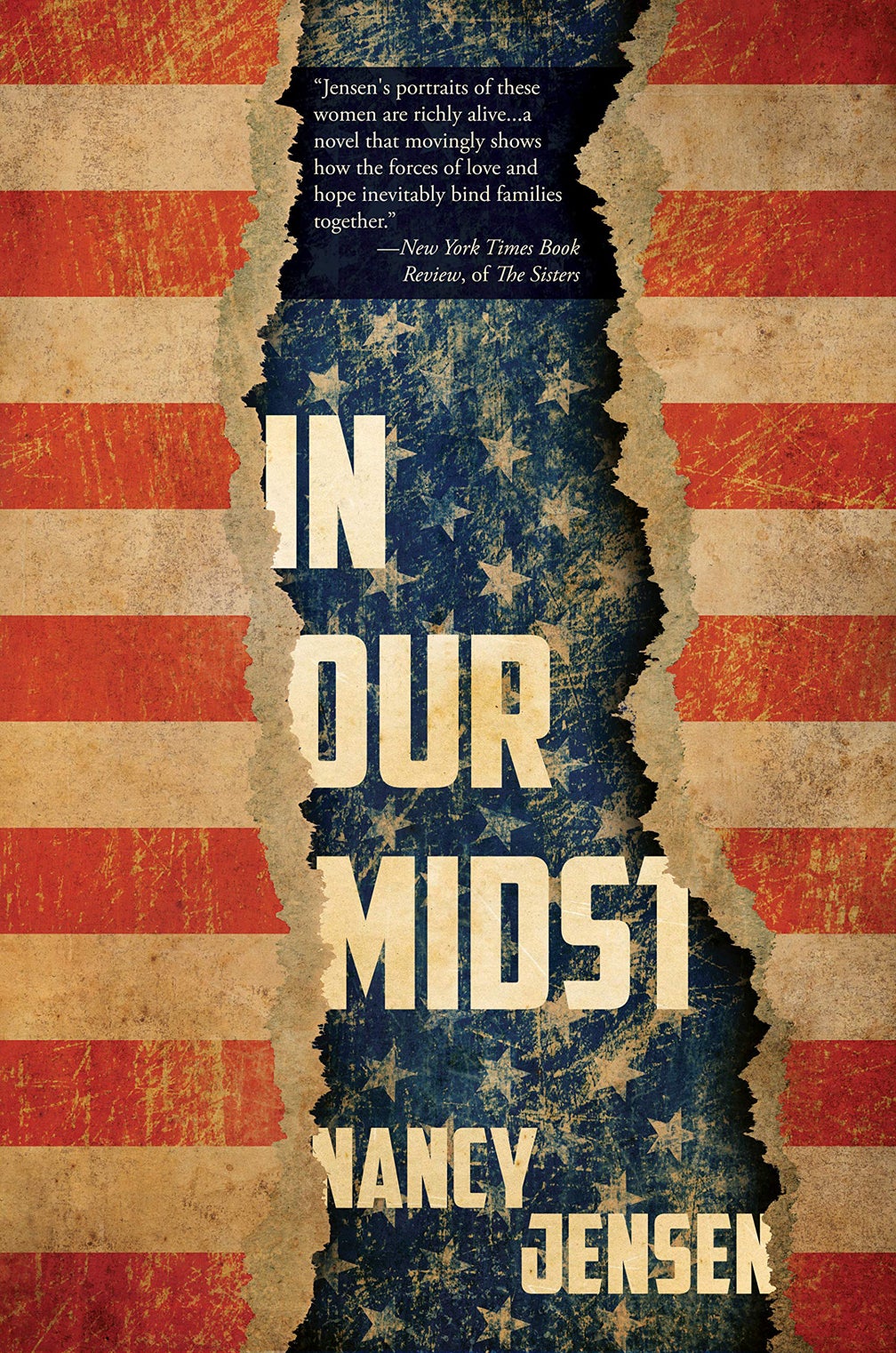
“Murder on the Ohio Belle” by Stuart W. Sanders
Stuart W. Sanders, who writes a bi-monthly history column for FRANK Magazine, has written a book about an 1856 murder that took place on a steamboat that traveled the Ohio and Mississippi rivers.
Titled “Murder on the Ohio Belle” and published by the University Press of Kentucky, Sanders discovered the tale while researching historic newspapers.
“I stumbled across the story of a dead man found floating in the Mississippi River, tied to a chair,” Sanders said. “I wanted to know what happened to him, and this book is the result.”
Sanders discovered that the man’s fate was linked to a killing on board the Ohio Belle, a steamboat that ran passengers and trade from Cincinnati, Ohio, to New Orleans, Louisiana.
“There are some compelling twists to the story,” Sanders said. “The Mississippian, for example, had been traveling under a false identity, which added to the sensationalism of the tale.”
In March 1856, the son of a Mississippi planter boarded the steamboat in Smithland, Kentucky. His presence quickly led to murder and revenge. One period newspaper said that “the details are truly awful and well calculated to cause a thrill of horror.”
The first murder led to an additional killing as passengers or the crew took justice into their own hands.
In explaining the causes and consequences of the murders, Sanders’ book also examines Southern honor culture, interpersonal violence and vigilante justice. The Ohio Belle also had a compelling Civil War history.
“Captured by the Confederacy early in the war, the Ohio Belle was used by both Southern and Union armies,” Sanders said. “The boat survived the war, but several of the crew members suffered greatly during the conflict.”
Among them was Louisville native John Sebastian, the captain of the Ohio Belle. Having lost his steamboat to secessionists, Sebastian joined the Union military. He later lost his arm while piloting a Union gunboat.
Historian Anne Marshall from Mississippi State University has called “Murder on the Ohio Belle” a “lively, insightful read,” and said that with Sanders’ “deft interweaving of historical context, he illuminates antebellum American attitudes about class, politics, slavery, southern honor, personal identity and war.”
This is Sanders’ fourth book. He is also the author of “Perryville Under Fire: The Aftermath of Kentucky’s Largest Civil War Battleground,” “The Battle of Mill Springs, Kentucky” and “Maney’s Confederate Brigade at the Battle of Perryville.”
Sanders, who has written for a wide range of journals, newspapers and magazines, is the former executive director of the Perryville Battlefield Preservation Association. He now serves as the history advocate and communications administrator for the Kentucky Historical Society.

“Mobituaries: Great Lives Worth Reliving” by Mo Rocca and Jonathan Greenberg
Mo Rocca, “CBS Sunday Morning” correspondent and panelist on the “Wait, Wait … Don’t Tell Me” radio show, has always read obituaries. Using his name as a pun, he has produced a podcast called “Mobituaries,” which this book fleshes out more about the lives or events that did not receive the public attention they deserved.
Rocca researches Thomas Paine, a second tier founding father that historians have said persuaded the masses with “Common Sense.” First tier fathers got to have their face on money, and even monuments. Paine saw this as little different from the patronage of the British monarchy. But in a bad move or maybe a bad mood, he sent Washington a letter in which he states “the world will be puzzled to decide whether you are an apostate or an impostor; whether you have abandoned good principles, or whether you ever had any.” It was likely that printing this comment kept Paine from a better position in history.
While reading Paine’s “Common Sense,” Rocca notices the funny looking letter “S” that looks like an “F.” In his “Mobituary for the long ‘s’,” he comments that the short “s” was “ufed at the end of a word, but the long ‘f’ was ufed at the ftart or middle.” Rocca informs us that the Times of London “ftopped ufing the long ‘f’ on Sept. 10, 1803.”
Rocca also writes “mobits” for dead fashion trends such as corsets and hobble skirts. A hobble skirt was introduced after the corset and cinched a woman’s torso at the knee necessitating the “no step” hobble skirt friendly streetcars. No telling how many women were involved in streetcar disasters.
The essay on the death of the dragon is symbolic of medieval, unscientific thinking and the zoologist becomes a knight for “enlightenment.”
Reading trivia is interesting but reading “Mobituaries” is fascinating, funny, entertaining and delightful.
— Reviewed by Lizz Taylor, Poor Richard’s Books

“Grateful: The Transformative Power of Giving Thanks” by Diana Butler Bass
“Are we ever grateful? And what would it mean if we were?”
Diana Butler Bass states that even though Americans report feeling grateful on a regular basis, that those private feelings are not demonstrated in the larger concerns of our public lives. She claims that gratitude is not a “transaction of debt and duty, but rather a spiritual awareness of gift and response.”
Looking at “the Me and the We,” Bass explores gratitude as a developmental power that begins with our personal lives, but ultimately changes our communities. Bass uses stories and examples from history, as well as her own life, to show how gratitude can lead to greater connections with others as well as advance our own health.
“Gratitude drives out toxic emotions of resentment, anger, and envy, and may be associated with better long-term emotional and physical health.” The benefits have been researched and include increased self-esteem, enhanced willpower, stronger relationships, deeper spirituality, boosted creativity, improved athletic and academic performance.
Humans are communal creatures, we celebrate the achievements of the young, cry with the sick, grieve with strangers, and appreciate friendships. This gratitude, and empathy shapes our community. It connects us to others in meaningful ways.
When it comes to thankfulness, sometimes you have to take what you can get. Gray Zeitz has a wonderful poem on “What We Are Thankful For and Why.”
We are thankful the guy who
threw the tire in our creek
didn’t throw the other three.
Rumi says that “gratitude is the wine of the soul.” Go on. Get drunk! Feel more resilient and rest easier.
— Reviewed by Lizz Taylor, Poor Richard’s Books

“The Quare Women” by Lucy S. Furman
The Hindman Settlement School, founded in 1902 by Katherine Pettit and May Stone, was the first rural settlement school in the U.S. With their arrival, these women brought a variety of educational opportunities to the mountains of Eastern Kentucky. People of all ages came from miles around to see these “quare” women and to learn from their classes in sewing, cooking, health, singing, literacy and more.
Lucy S. Furman, Hindman’s first director of grounds, gardens and livestock, used her experiences at the school as inspiration for her stories. Originally published in 1923, “The Quare Women” is her somewhat fictionalized tale of Pettit and Stone (now characterized as Amy and Virginia) coming to Knott County. We learn of their entrance to the community and its culture and the residents’ reaction to their new ways of thinking, which include very different approaches to gender roles, division of work and healthcare.
Furman draws the reader in with drama by way of feuding families and moonshine stills, as well as a bit of romance, while still offering what is essentially a first-person look into Appalachia around the turn of the century and the great schism between rural and urban life at the time.
— Reviewed by Diane Dehoney, Paul Sawyier Public Library










